The trail of destruction continues from Episode 15.
Later in 2010, an Enbridge pipeline ruptured in Michigan, eventually “spilling” more than a million gallons of tar sands crude into the Kalamazoo River. When monitors at the Alberta office reported that the line pressure had fallen to zero, control room staff dismissed the warning as a false alarm and cranked up the pressure twice, which worsened the disaster. In 2018, Enbridge’s “cleanup” was still incomplete.
In 2013, a spectacular train wreck dumped 2 million gallons of North Dakota crude oil into Lac Megantic, Quebec, killing 47 residents and incinerating the centre of the town – but that’s just another page in the endless petroleum tale that includes Exxon’s disastrous, 2016 “spill” in Mayflower, Arkansas, that received scant notice from the press.
And in November 2013, a train loaded with 2.7 million gallons of crude oil went incendiary in Alabama, followed in December by a North Dakota conflagration.
2014 began with a fiery derailment in New Brunswick, Canada, and in October 2014, 625,000 liters of oil and toxic mine-water were “spilled” in Alberta.
July, August and September brought Alberta’s autumn, 2014 total to 90 pipeline “spills.” 2015 brought four, fiery oil train wrecks just by March, and 2016 delivered two Alabama pipeline explosions – one close to Birmingham.
George Erickson
July, August and September brought Alberta’s autumn, 2014 total to 90 pipeline “spills.” 2015 brought four, fiery oil train wrecks just by March, and 2016 delivered two Alabama pipeline explosions – one close to Birmingham.
In late 2015, California’s horrific, Aliso Canyon methane “leak” (think “geyser”) erupted, spewing forth 100,000 tons of natural gas, the equivalent of approximately 3 billion gallons of gasoline or adding 500,000 cars to our roads for a year.
The Southern California Gas Company finally managed to throttle the geyser in February, 2016. Incidentally, Aliso’s 100,000 tons of “leakage” is just 25% of California’s allowed leakage, which is an indication of the political power of the natural gas industry. (Five months later, a new headline appeared: “Massive Fracking Explosion in New Mexico”)
The Aliso “leak” caused the loss of 70 billion cubic feet (BCF) of gas that California utilities count on to create electricity for the hot summer months. As a consequence, the California Independent Service Operator, which manages California’s grid, estimated that due to Aliso, 21 million customers should expect to be without power for 14 days during the summer.
Methane leaks offset much of the climate change benefits of natural gas, study says

According to Reuters, (June 2016), “SoCalGas uses Aliso Canyon to provide gas to power generators that cannot be met with pipeline flows alone on about 10 days per month during the summer, according to state agencies.”
However, during the summer, SoCalGas also strives to fill Aliso Canyon to prepare for the winter heating season. State regulators, however, subsequently ordered the company to reduce the amount of gas in Aliso to just 15 BCF and use that fuel to reduce the risk of power interruptions in the hot summer months of 2016. Fortunately, State regulators have also said that they won’t allow SoCalGas to inject fuel into the facility until the company has inspected all of its 114 storage facilities.
The Aliso disaster wiped out all of the state’s Green House Gas (GHG) reductions from its wind and solar systems – and led to a USD 1.8 billion judgement against SoCalGas in September, 2021. In 2016, California officials also reported leakage at a San Joachim County storage facility that was “similar to, or slightly above, background levels at other natural gas storage facilities.”
Dr. Alex Cannara, a California resident writes,
“Combustion sources [unlike nuclear power], aren’t burdened with their true costs. Natural gas, for example, is not cheaper than nuclear or anything else. In 2016, our allowed leakage wipes wind/solar out by 4 times. In other words, ‘renewables’ in a gas state like California wipe out their benefits every 3 months because they depend on gas for most of their nameplate ratings. The Aliso storage was largely used to compensate for ‘renewables’ inevitable shortfall.
“The most important combustion cost is the unlimited downside risk of its emissions for the entire planet, but in February 2016, our CEC approved 600MW of added gas burning in the San Diego region simply because the San Onofre nuclear plant wasn’t running, due to possibly corrupt actions by SoCla Gas, SCE, Sempra Energy and Edison Intl.
“Such practices were prevented for 75 years by the 1935 PUHCA, but the Bush administration repealed it in 2005 after decades of carbon combustion-interest lobbying. Some states – not California – passed legislation to correct for the 2005 PUHCA repeal.”
There’s more: In August, 2016, the Pennsylvania EPA admitted that oil and gas production in the state emitted as much methane as Aliso Canyon. The Aliso “leak” was deemed a disaster, but the hundreds of equally damaging Pennsylvania “leaks” were considered business as usual.
Finally, also in August, 2016, a thirty-inch pipeline exploded in southeast New Mexico, killing five adults and five children while leaving two other adults in critical condition in a Lubbock, Texas hospital.
All of this could have been avoided if, instead of pursuing intermittent, short-lived, carbon-dependent windmills and solar panels (Chapters 9 and 10), we had expanded safe, CO2-free Nuclear Power.
Dr. Wade Allison, in Nuclear is For Life, wrote: “Critics of civilian nuclear power use what they fear might happen due to a nuclear failure – but never has – but ignore other accidents that have been far worse:
– The 1975 dam failure in China that killed 170,000;
– The 1984 chemical plant disaster in Bhopal, India where 3,899 died and 558,000 were injured;
– The 1889, Johnstown. PA flood that drowned 2,200;
– The 1917 explosion of a cargo ship in Halifax, N. S. where 2,000 died and 9,000 were injured;
– Turkey’s 2014 coal mine accident that took 300 lives;
– The 2015 warehouse explosion in China that cost 173 lives. “
The list seems endless, but no one advocates destroying dams or closing chemical plants.
The way the world has reacted to the Fukushima accident has been the real disaster with huge consequences to the environment, but the accident itself was not.”
See more from Dr Alison here.
“In California, defective, Japanese-built steam generators at the San Onofre plant could have been replaced for about USD 600 million, but the plant is being decommissioned at a cost of USD 4.5 billion because of Fukushima and anti-nuclear zealotry. The plant could be replaced with two, CO2-free AP-1000 reactors for USD 14 Billion.” Mike Conley
In this foolish way, California lost the CO2-free electricity generated by San Onofre – 9% of California’s needs – which was replaced by carbon burning power plants and/or carbon-reliant wind and solar.
Nuclear plants are required to set aside part of their profits to pay the cost of decommissioning, but no such requirement is made of wind and solar farms. Neither are carbon companies required to pre-fund the removal of miles of pipelines, the cleanup of refinery sites, or the sealing of their abandoned wells.
Gas Industry Plans to Sink Nuclear Power
I repeat, NO ONE has died from radiation created by commercial nuclear power production in Western Europe, Asia or the Southern and Western hemispheres, but up to 5,000,000 people die prematurely every year from the burning of coal, gas, wood and oil.
The 2008 UNSCEAR update on their Chernobyl Report changed the “4000” future deaths from cancer to undetectable future deaths. With that reduction, the deaths per TWh drop accordingly.
A 2019 study lowered the nuclear rate even further from 0.0013 to 0.0007/TWh.
The original version of this chart, which rated nuclear power at 0.04 deaths per Terawatt hour, included thousands of LNT-predicted Chernobyl deaths that never happened.
As a consequence, this image, which reflects reality instead of LNT [Linear No Threshold] errors, reveals that nuclear power is far safer than initially thought, and that nuclear is actually 115 times safer than wind – not 4,340 times safer than solar – not 10, 3,000 times safer than natural gas, 27,000 times safer than oil – and coal is out of sight.
While we are at it, let’s explore resources necessary to build equivalent power facilities and the fuel required.
| Power Station | Fuel Quantity | Fuel Quantity (kg) | CO2 Production (Tons) |
| Solid Fission (U235) | 7 Pounds | 3.2 | Zero |
| Coal Burning | 9,000 tons | 9,000,000 | 26,000 |
| Natural Gas Burning | 240,000,000 cu ft | 4,621,309 | 15,210 |
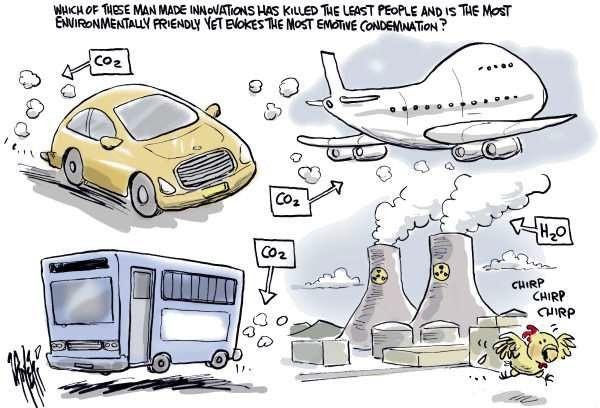
Coming up next week, Episode 17 – All At Sea – The Best Technology. Not Used. Why?
Links and References
1. Next Episode – Episode 17 – All At Sea – The Best Technology. Not Used. Why?
2. Previous Episode – Episode 15 – Clean Air and Water? Not with Fossil Fuels Around
3. Launching the Unintended Consequences Series
4. Dr. George Erickson on LinkedIn
5. Dr. George Erickson’s Website, Tundracub.com
6. The full pdf version of Unintended Consequences
7. https://en.wikipedia.org/wiki/2013_Mayflower_oil_spill
8. https://www.ecowatch.com/massive-fracking-explosion-in-new-mexico-1919567359.html
9. https://www.washingtonpost.com/business/economy/methane-leaks-offset-much-of-the-benefits-of-natural-gas-new-study-says/2018/06/21/e381654a-7590-11e8-b4b7-308400242c2e_story.html
10. https://www.reuters.com/article/us-usa-california-heatwave-idUSKCN0Z60DO
11. https://thoriumenergyalliance.com/resource/dr-alex-cannara-energy-basics/
12. https://www.youtube.com/watch?v=aUVq81kBKyk
13. https://www.linkedin.com/in/alex-cannara-6a1b7a3/
14. http://www.dep.pa.gov/Business/Air/BAQ/BusinessTopics/Emission/Pages/Marcellus-Inventory.aspx
15. https://en.wikipedia.org/wiki/Pittsburgh
16. https://en.wikipedia.org/wiki/Wade_Allison
17. https://www.linkedin.com/in/wade-allison-08929816/
18. https://www.researchgate.net/publication/285420212_Nuclear_is_for_Life_A_Cultural_Revolution
19. https://www.amazon.com/Nuclear-Life-Wade-Allison-author/dp/0956275648
20. https://www.project-syndicate.org/commentary/nuclear-power-climate-change-misconceptions-by-wade-allison-2018-06
21. https://www.linkedin.com/in/mike-conley-5529b3/
22. https://www.thedailybeast.com/inside-the-gas-industrys-plan-to-sink-nuclear-power
23. https://www.linkedin.com/in/lachlanmarkay/
24. https://duluthreader.com/articles/2017/09/21/109245-renewables-vs-nuclear-power
25. https://www.energy.gov/quadrennial-technology-review-2015
#UnintendedConsequences #GeorgeErickson #ClimateChange #FissionEnergy #NuclearEnergy #FossilFuels #NuclearSafety #TheThoriumNetwork #Fission4All #RadiationIsGood4U #GetYourRadiation2Day #Thorium




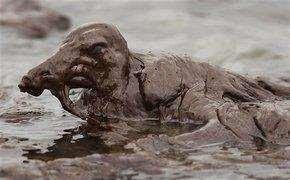



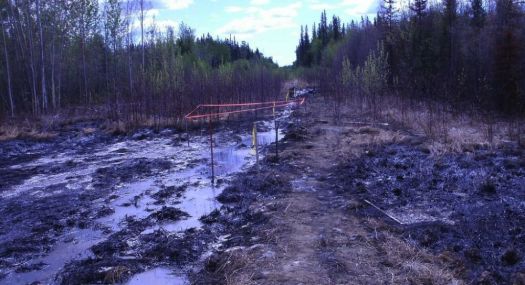










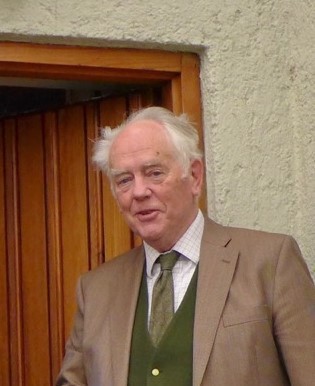

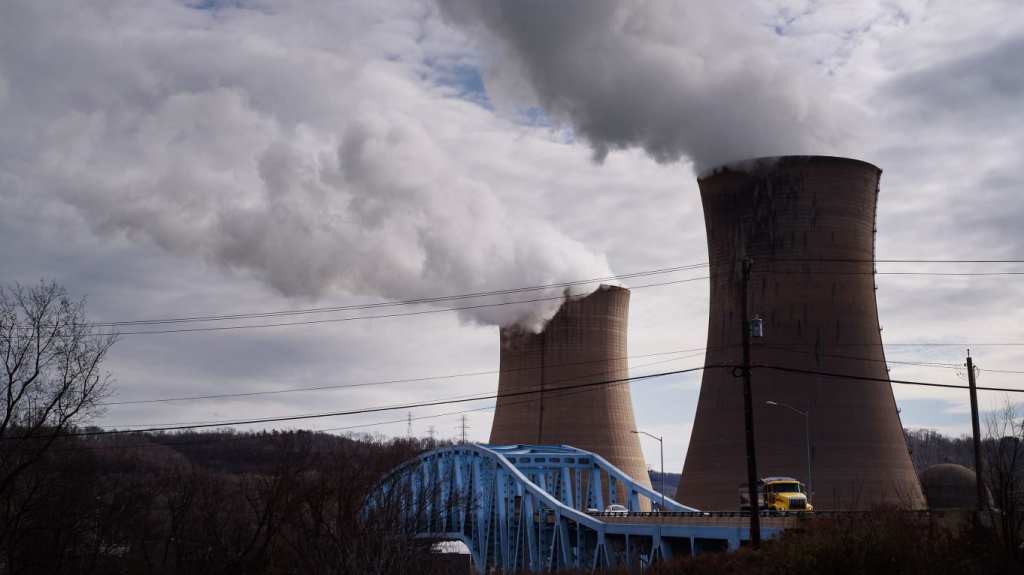

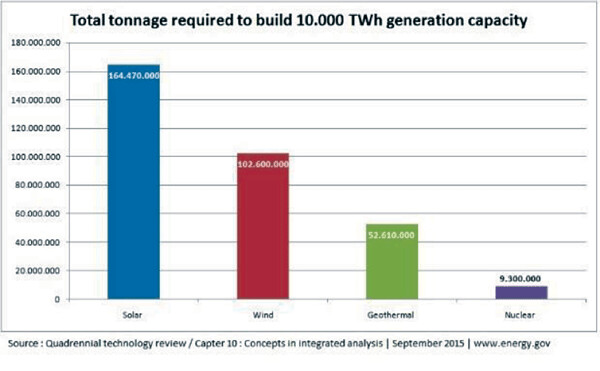

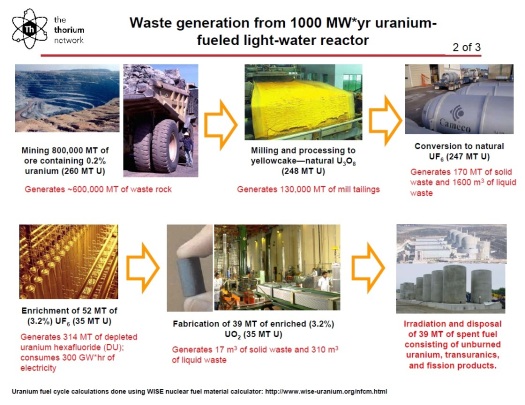







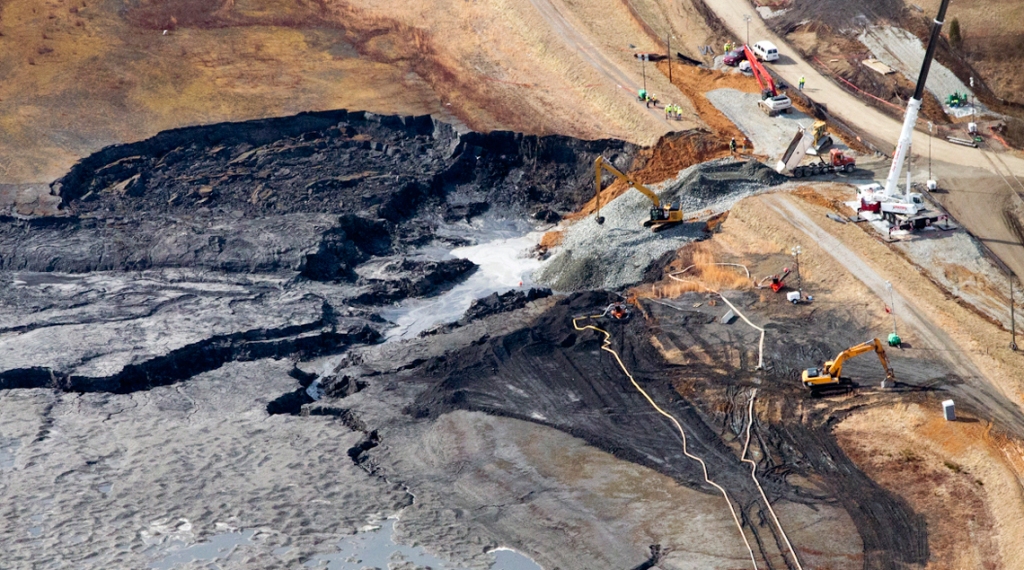







You must be logged in to post a comment.